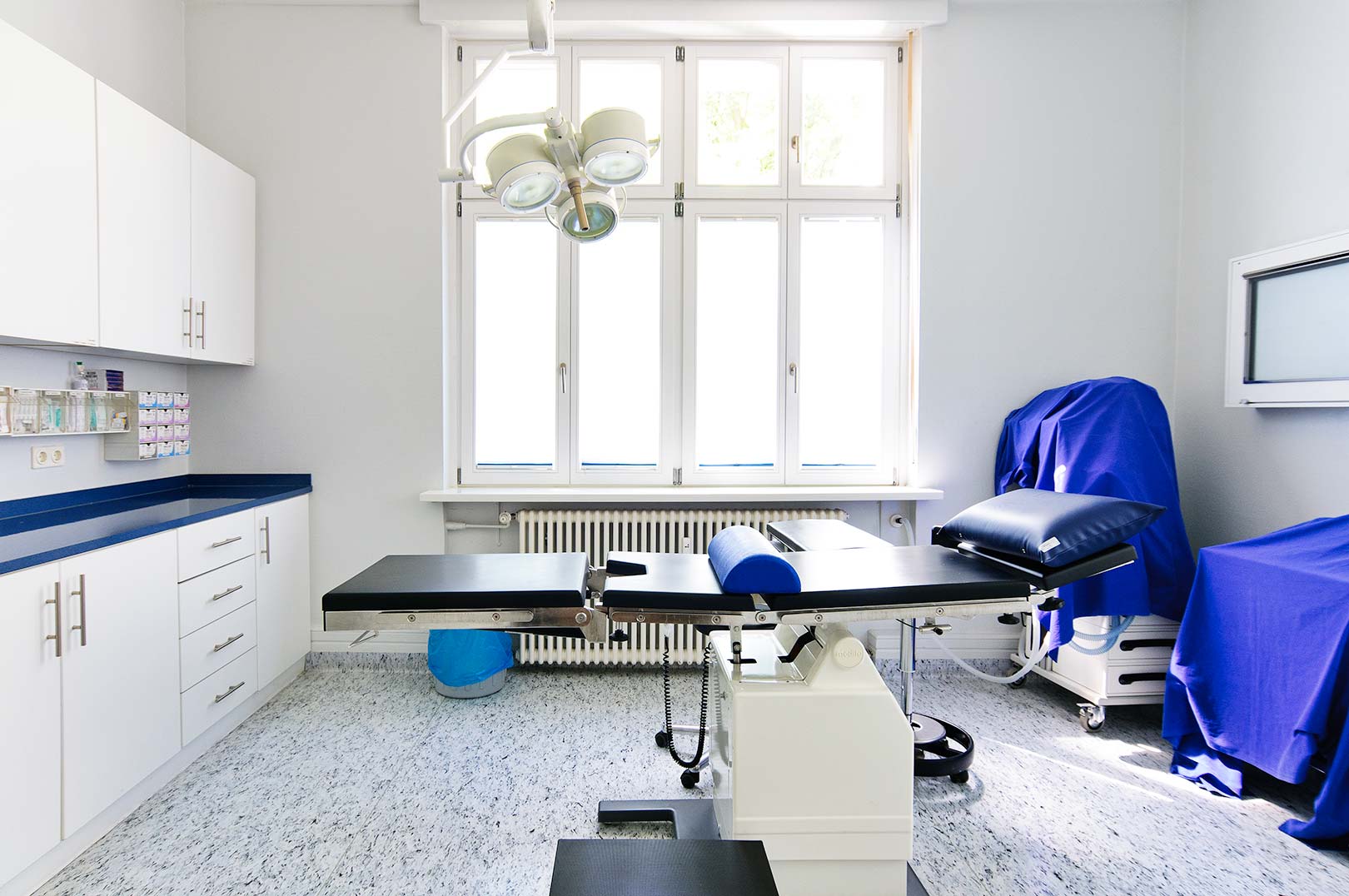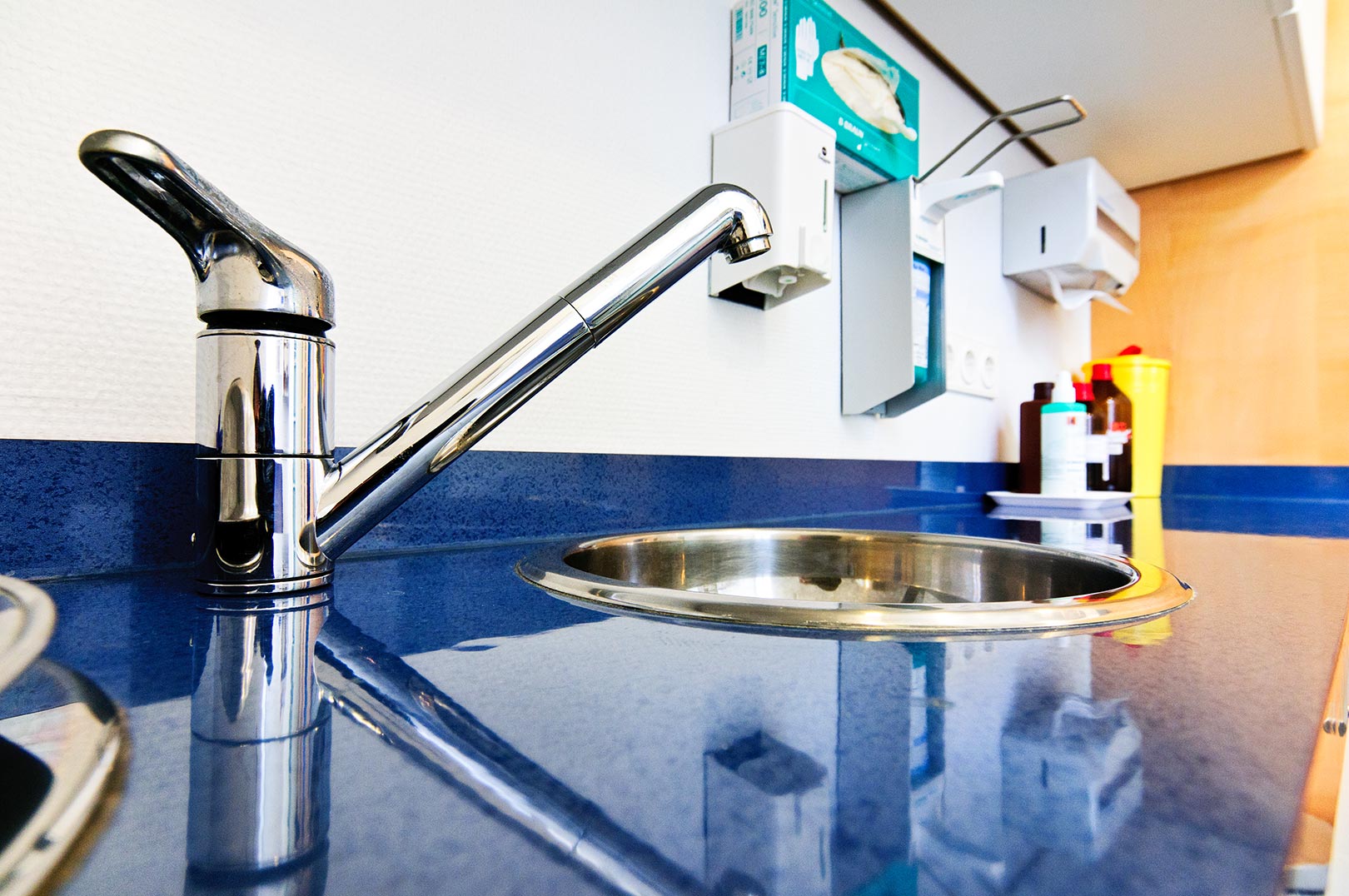Ganglion Surgery
Ganglions represent 50-70% of all soft tissue lumps in the hand. These cysts contain thick clear fluid and are usually attached to the lining of an underlying joint (capsule) or tendon (sheath).
The most common sites are the back of the wrist, the back of the finger-tip (mucous cyst) and the tendon sheath on the front of the finger.
The cause of ganglions remains unknown. The current theories include trapped fluid, an out-pouching of joint lining at a point of weakness, ligament strain with an impaired repair process leading to degeneration. A preceding injury has occurred in 10% and repeated minor trauma has been reported as a causative factor.
The majority can be left alone if they are causing no pain or functional problem, as they are harmless. It is only rarely obligatory to treat a ganglion, for example if it is pressing on a nerve.
A number of methods are used for treating ganglions including rupture by pressure or hitting them (not recommended), aspiration by drawing the fluid off with a needle (high recurrence rate), injection after aspiration with substances such as steroids (unproven treatment ) and surgery.
Surgery involves removal of both the ganglion and the weakened area. The majority can be removed under Regional anaesthesia. Those on the front of the wrist ( near the Pulse vein ) usually require more time because the surgery is more complex.
Post-operative care
The hand will be dressed with a supportive dressing and a splint for 1 week, that permits finger movement.
You can drive a car after 1 week after surgery, as long as you are comfortable and have regained full finger movements. Timing of your return to work is variable according to your occupation and you should discuss this. Your stitches will be removed about 2 weeks after the operation.
Complications
Nerve damage
Nerve damage can occur during your surgery which results in either a painful spot in the scar (neuroma) or some loss of feeling in the hand. This complication is very rare but may require a further operation to correct.
Recurrence
Up to 10% (1 in 10) of ganglions return after being removed.
Infection
Any operation can be followed by infection and this would be treated with antibiotics.
Scar
You will have a scar that will be somewhat firm to touch and tender for 6-8 weeks. This can be helped by massaging the area firmly with the moisturizing cream.
Stiffness
This can occur if the hand is not used and exercised after the operation. About 1% of people are sensitive to hand surgery and their hand may become swollen, painful and stiff after any operation (algodystrophy). This problem cannot be predicted but will be watched for afterwards and treated with physiotherapy.
Artery
Ganglions on the front of the wrist are often very close to major arteries. Damage to the arteries is very rare and can be immediately repaired.


